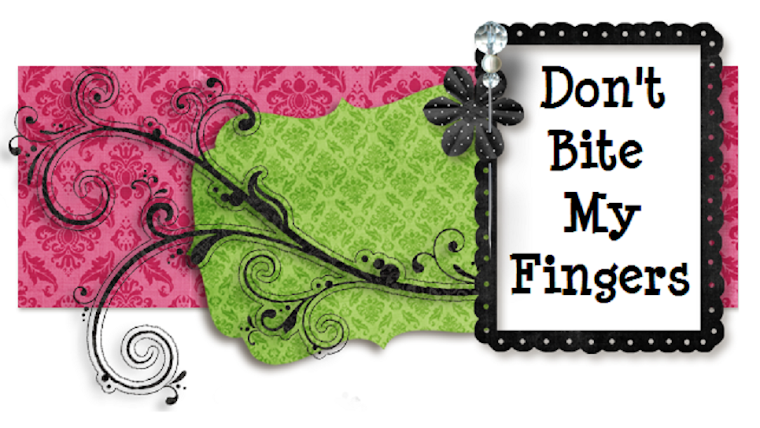Air Powder Polishing
This is a nifty little thing that I had no idea existed.
It used air to push out a sand like substance to "blast" the stain off teeth.
You must make sure there is enough sand in the container before starting.
Air is always coming out; push a little farther and you will get water;
push the peddle all the way and you get sand mixed with the first two.
You and your pt. must wear an apron, a hairnet, and safety glasses.
[[ Sand get EVERYWHERE!]]
= you can give your pt. a cloth to put over their eyes to help=
[[ Beware: It hurts your gums, tongue, and lips a little]]
Polishing
This is a 'normal' polisher.
[[the one you are use to in the dental chair]]
This is for stain as well. It is for a lighter stain though.
This uses a cup, prophy paste or some toothpaste.
You use a slow speed (between 10 and 20)
Flare the cup to reach slightly into the sulcus, and polish around the cervical third of the tooth.
Don't stay too long on one tooth, we don't want to heat up the tooth.
Fluoride
Dry the teeth.
Insert tray with fluoride into the mouth.
Put the saliva ejector between trays to suck up any excess saliva in the mouth while the trays are in.
Have pt. close mouth and bite together gently.
The fluoride must be on the teeth for at least 4 minutes to be fully effective.
Stay with your pt. the entire time monitoring them.
[[ As we know, Fluoride is a poison; DO NOT SWALLOW]]
After the removal of the trays, instruct pt. to keep the saliva ejector in their mouth.
*DO NOT EAT OR DRINK FOR 30 MINUTES AFTER TREATMENT*
Varnish
Varnish re-mineralizes the teeth.
Lightly dry the teeth with a 2X2 cotten square.
Apply varnish a thin layer in one stroke all over all surfaces of the teeth.
[[ including buccal, lingual, and occlusal]]
Instruct patient to not eat or drink hot, sticky, or crunchy foods for 4 hours.
[[ also to not brush or floss either]]
*Don't forget to record all the treatment that you provide in the TX area of the Treatment Record*













